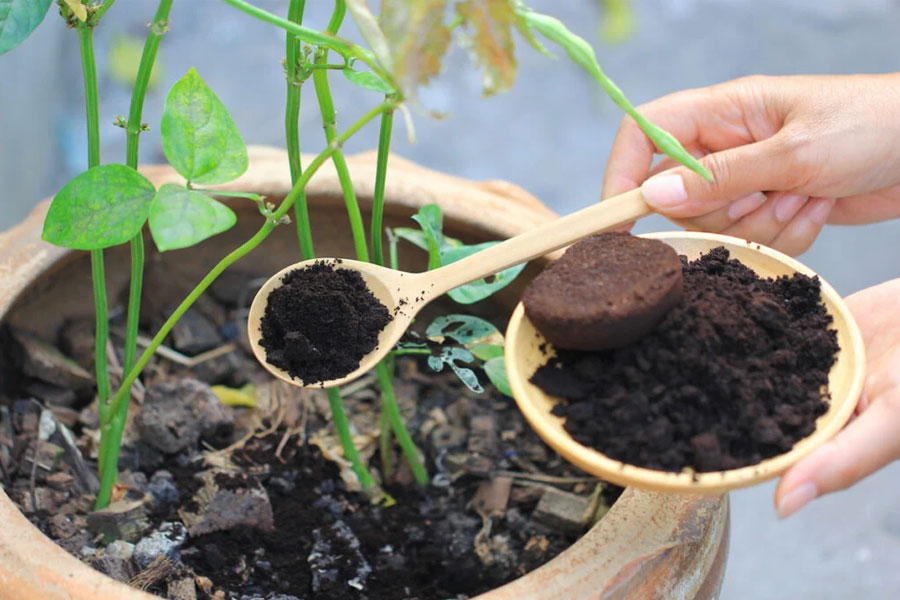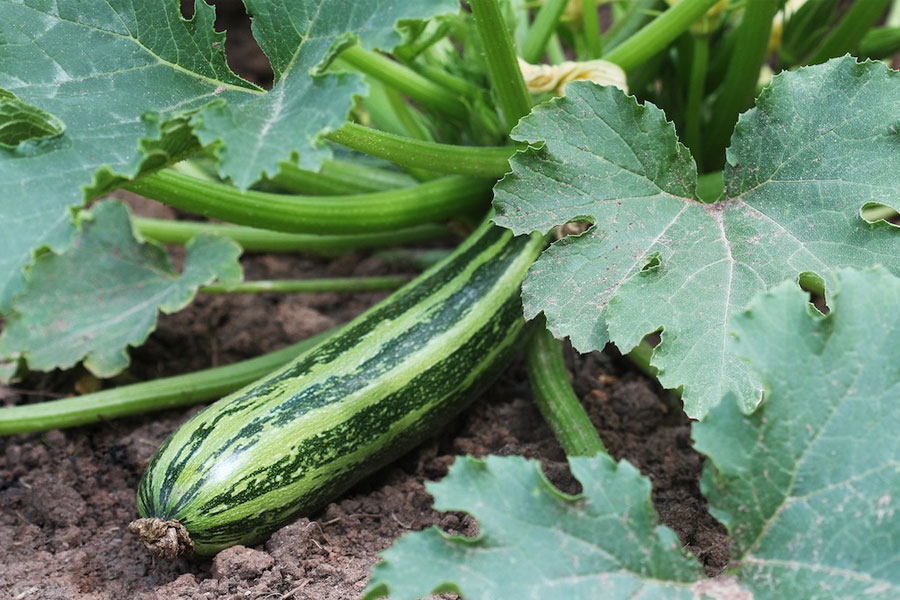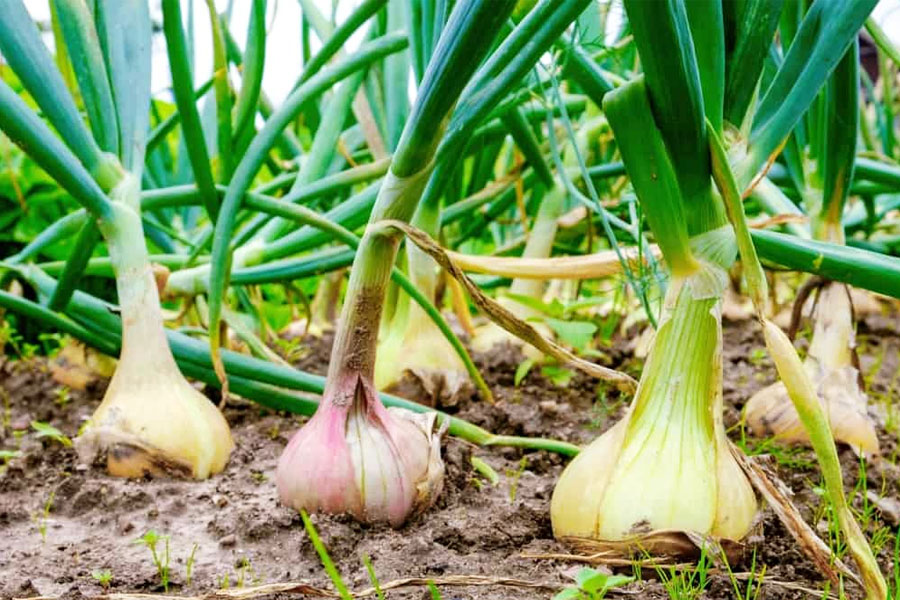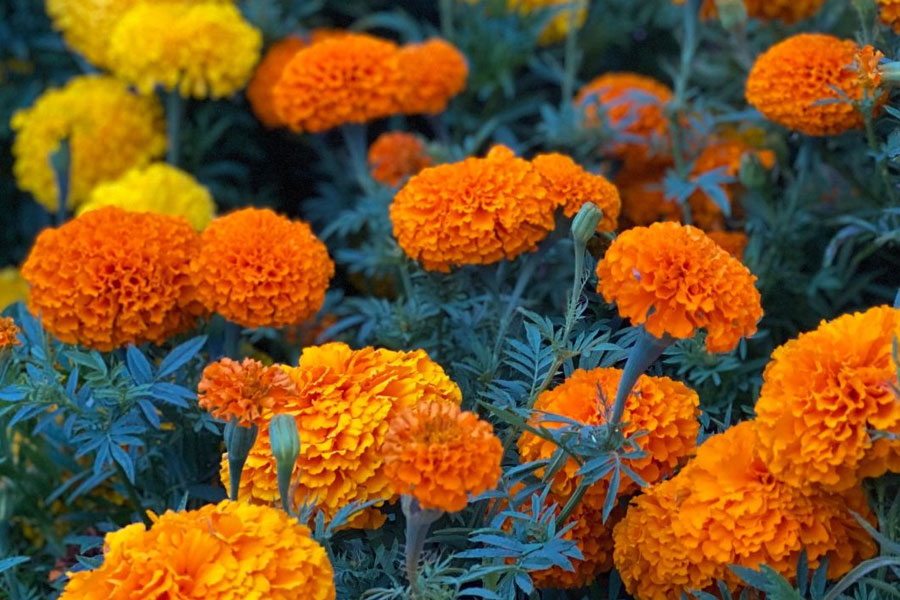Exploring Birth Month Flowers: A Guide to Their Meanings and Significance
There is a very special meaning from the birth month flowers. It gives a unique way to celebrate birthdays and learns the symbolic meanings associated with specific months. Each of the flowers has its story rooted in folklore and tradition and reflects character or personality features of individuals born during the month. This comprehensive guide will help you consider those birth flowers for each month of the year, their meanings and historical backdrop and the way to go about giving personalized and very thoughtful gifts.
January: Carnation and Snowdrop
● Carnation: This is the birth flower for January, known for its ruffled petals and variety in color. Carnations depict love, fascination, and distinction. There are various meanings to colors: red stands for admiration, white for pure love and good luck, and pink gratitude. Across the history of many cultures, they have been an offering in all aspects of rejoicing and ceremony, making them in essence a versatile and meaningful choice.
● Snowdrop: Representing hope and new beginnings, it stands as a harbinger or associated with the meaning of rebirth since it is one of the January flowers. The snowdrop is among the first plants to flower in late winter, and it represents new beginnings and the hope that spring is on the way. They have very delicate, drooping white flowers that remind people of two things: their resilience and their purity.
February: Violet and Primrose
● Violet: With its lively purple shade the violet stands for commitment, integrity as well as humility. The Greeks in their age, used violets to like remedies as well as identified them as a carrier of the purest plus highest possible sort of love. They are still connected with deep love as well as spiritual knowledge.
● Primrose: The various other birth blossoms of February, the roses, stand for young people as well as brand-new starts. With their brilliant as well as happy look they appear to cause a feeling of positive outlook and also revival. In the language of blossoms they reveal the message by claiming “” I am desperate without you,”” that makes them a wholehearted present to be offered to enjoyed ones.
March: Daffodil
Daffodil: The intense yellow daffodil is the birth blossom for March. It symbolizes rebirth, brand-new starts coupled with everlasting life. Daffodils, amongst blossoms, are extremely typically stated to be in conformity with the native land, representing joy along with success. It is thought about the best of luck to present daffodils in several societies.
April: Daisy and Sweet Pea
Daisies: This flower stands for virtue pureness, together with real love. The blossoms’ virtue, combined with their style, make them a sign of brand-new starts and even childlike marvel. In Norse folklore, sissies are related to Freya, the siren of love, appeal and also fertility.”.
Sweet Pea: Known for their gentle scent, sweet peas symbolize blissful pleasure and adieu. It is a common thank-you flower for florals and a very simple gesture of appreciation for a good time. This pastel-colored flower with a sweet smell is delicate.
May: Lily of the Valley and Hawthorn
Lilies of the Valley: This small, sweet flower symbolizes sweetness and humility and symbolizes a return to happiness. Symbolically, in folklore, the lily of the valley has been considered good luck in love and so it very often is used in bridal bouquets. Its tiny bell-shaped blooms bring grace and elegance to any floral design.
Hawthorn: Represents supreme happiness and hope. In Celtic folklore, a hawthorn tree is considered a tree of great magic and is sacred in its protection; white hawthorn blossoms are reminders of beauty and elation to be found in spring.
June: Rose and Honeysuckle
Rose: It serves as the purest symbol of love and passion. Colors even have different meanings: red is for love, yellow is for friendship, white for purity, and pink for admiration. The rose has been a flower praised for millennia due to the beauty of its flowers and its perfume and has thus remained as timeless as the feelings it symbolizes.
Honeysuckle: Hysopens symbolize devoted affection and the bondage of love. They possess a sweet intoxicating fragrance and tubular flowers, which lure hummingbirds and bees, bringing a touch of nature’s magic into gardens. Honeysuckles lead on to powerful and enduring connections between people.
July: Larkspur or Water Lily
Larkspur: It is lightness, levity, and open heartedness. Colors vary their meanings: pink for fickleness, white for a happy nature, and blue for grace. They are used to express joy and the heart in a celebration the emotions or occasion evoke.
Water Lily: Water lilies have become a symbol of purity, enlightenment, and regions of rebirth. Their calm and peaceful nature represents peace and spiritual emergence as they appear in water gardens. In many societies, the water lilies revere the flower that they found to be a sign of divinity and harmony within.
August: Gladiolus and Poppy
Gladiolus: Infatuation, strength, and integrity are some of the attributes represented by gladiolus flowers. They bear very tall, striking spikes of many-colored flowers and are used to imply admiration and a sense of someone’s moral character. The name itself, “gladiolus,” is the Latin word for “sword,” which this flower represents through the terms of power and honor.
Poppy: Poppies are the symbol of remembrance and consolation. Though red poppies are worn to remember soldiers that are no longer with us, what is remembered is that they gave up their lives. Other than for its somber significance, the poppy is also associated with fancy and eternal sleep, thus it really is a flower with a lot of depth and emotion.
September: Aster and Morning Glory
Aster: Represent wisdom, valor, and faith. The starry flowers are got in many colors like purple, pink, and white. In ancient times, the aster had been considered under the belief of warding off evil spirits and bringing luck. Actually, today it still signifies love and patience.
Morning Glory: These flowers symbolize love and the briefness of life. The beautiful flowers take the shape of a trumpet and bloom in the morning; with the afternoon, they wither. Symbolic of the fact that we are supposed to make the best of every moment, Morning Glories are another flower that symbolizes regeneration and the allure of new beginnings.
October: Marigold, Cosmos
Marigold: These plants represent passion, creativity, and warmth. They are brightly colored in orange and yellow shades, depicting a very radiant setting sun, giving out an energy and vibe. Throughout most cultures, marigolds are used during festivities and ceremonies to celebrate the dead and to infuse positive energy.
Cosmos: The cosmos symbolize harmony, peace, and order. Symmetric and logically correct – these are the representatives of the cosmos flower. Cosmos are a popular symbol of love and tranquility of feelings.
November: Chrysanthemum
Chrysanthemum: Chrysanthemums come in such a wide variety of colors and make a statement on friendship, fidelity, and fun. There are too many colors to count, though, even with red meaning love, white-truth, and yellow—love that has gone to seed, or been neglected. Florally speaking, chrysanthemums have a lot to do with longevity and happiness in many cultures, so they are used in celebrating and memorial events.
December: Narcissus and Holly
Narcissus: This flower carries connotations of self-worth, rebirth, and new beginnings, as related to the tale of Narcissus, who fell in love with his own reflection; it is, therefore, linked with this rather complicated idea of being both vain and self-conscious. Narcissus usually blooms during the winter, when spring is beginning to sprout.
Holly: This indicates Protection, Defense, Domestic Happiness. Holly is a favorite symbol at Christmas time because the red berries and glossy, green prickly leaves are very decorative. It is often used at the holiday season for decorative purposes to bring festive cheer and keep away evil.
Conclusion
Celebrate birthday occasions and convey feelings with birth month flowers, abused in all the beautiful ways their symbolic meanings and historical backgrounds make possible. Though not specifically outlined in most birthday invites—maybe in the future, who knows—its symbolism for the gifted person, upon utmost knowledge or closer association, will make such a special treat and surprise. And, if you notice, whether we’re giving a bouquet, planting a garden, or simply sharing the story behind the flower, birth month flowers add a touch of nature’s beauty to any celebration bound with timeless tradition.














